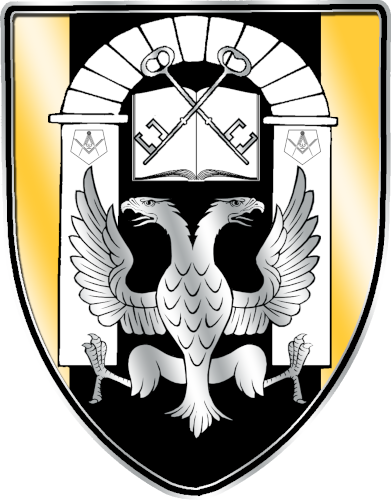Warpers have the ability to warp the (theorized) 10 dimensions of physical reality to achieve various effects. While the classic warper is a teleporter, Warpers can also warp time, make things larger and smaller and so on. Warpers usually specialize very heavily in a particular effect.
How ratings are determined, from the evaluation of Anomaly, a 4G:
- Warper ratings are based on how many dimensions are trackable being altered, for you, space, gravity which brings time, even if at a immeasurable level and you appear to be drawing off of another dimensional aspect we don’t see often. The G means you are a gravity-focused Warper. Even Warper 1’s can be incredibly powerful within that dimension, but 1’s are rare. Usually warpers affect multiple planes of reality simultaneously, so the rating is more of a scientific tag than a power-level, though the two usually correlate.[1]
Warper classification codes, based on effects[]
| d | density change (note: there's a difference between intra-dimensional and extra-dimensional density changers) |
| e | electromagnetic interaction |
| g | gravitic interaction |
| i | inter-dimensional movement/transfer/effect |
| l | teleportation |
| p | probability interaction |
| r | 'reality' warping |
| s | size change |
| t | time travel/interaction |
| v | energy effects that are NOT covered by the 'e', 'g', 'i', or 'r' codes |
|
x |
other warper effects not yet covered by the standard codification |
Warper classifications, in addition to the standard 'WA', have a power level, which is based on the strongest (or only) warper effect. After the power level, there is a codification letter for each warper effect, which is followed by:
| i | internal effects only | limited to within the body of the warper and 5 cm outside the body |
| e | external effects only | limited to effects at least 5 cm from any part of the body |
| b | both | effect can be internal and/or external, not necessarily at the same time |
If there are multiple effects, they are placed in order from strongest to weakest, following the power level (and a colon separator), and are separated by semicolons. The '5 cm' rule is arbitrary, but based on general observational research performed over many years.
Notes[]
There are two types of density changers: intra-dimensional and extra-dimensional. Intra-dimensional density warpers are theorized to "displace some portion of their mass out of our hyperspace" or "collect additional mass through some sort of baryon exchange", while extra-dimensional density warpers are theorized that they "don’t change their density as much as they change the location of superlocated matter", i.e. they "essentially trans-locate your mass across dimensional boundaries, and when you phase through something, you basically move it into a different hyperplane of our decidimensional universe as well."[2] Extra-dimensional density changers have certain extras capabilities that intra-dimensional ones lack, and are rarer; the only ones known are Phase and Tinsnip.
Temporal warpers are to be distinguished from speedsters; the latter are typically energizers with enhanced reflexes, while the former actually speed up (or slow down) their personal time flow, or the time flow of other people or things. They can achieve effective speeds much, much higher than the fastest speedsters, though subjectively they may be walking at a leisurely pace. Ebon Flow is the main known example of this type of warper.[3]
